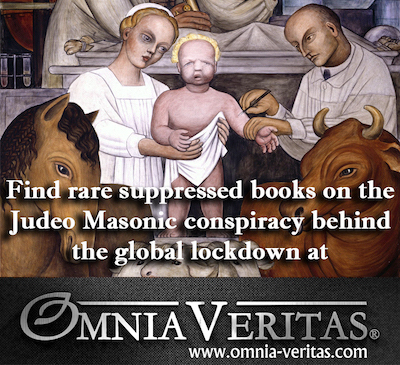July 13, 2007
 The Masonic Roots of Winnipeg (above Manitoba's Masonic Legislature)
The Masonic Roots of Winnipeg (above Manitoba's Masonic Legislature)By Peter Boothroyd
Freemasonry in the Pre-Manitoba Era
In 1670, two hundred years before the founding of Manitoba as a province, all lands draining into Hudson’s Bay, including what was to become Manitoba, were granted by royal charter to the Hudson’s Bay Company. Between 1731 and 1771, the Company built the stone Prince of Wales Fort at the outlet of the Churchill River across from the site of present day Churchill. Engraved into one of the walls is a pair of dividers and setsquare, the classic symbol of Freemasonry. Still visible in the ruined fort to this day, this engraving is the earliest evidence of the Freemasonic roots of Manitoba.
In 1812, Earl of Selkirk’s Lieutenant Miles Macdonell arrived in what would become the Red River Settlement area with 120 men, and an unknown number of women and children, from the Scottish Hebrides and Ireland. John Palmer Bourke was included in the second party of colonists to come to the Red River Settlement in 1813. He is the earliest Mason on record to reside in what is now Winnipeg.
The Red River Settlement’s first Masonic lodge, the Northern Light Lodge, was authorized by the Grand Master of the Grand Lodge of Minnesota on May 20, 1864. The founding Masons were Dr. John Schultz, Worshipful Master, Andrew G.B. Bannatyne, Senior Warden, and William Inkster, Junior Warden. This lodge went out of business a few years later. However, it is interesting to note that Bannatyne’s house was later used as the first Parliament Buildings following the establishment of Manitoba.
Freemasonry in Manitoba
From 1870 to the present time, at least 12 Premiers of Manitoba are known to have been Masons:
· Henry Clarke (Chief Minister) (1872 to 1874)
· Robert Davis (1874 to 1878)
· John Norquay (1878 to 1887)
· David Harrison (1887 to 1888)
· Thomas Greenway (1888 to 1900)
· Sir Hugh John Macdonald (1900)
· Sir Rodmond Roblin (1900 to 1915)
· T.C. Norris (1915 to 1922)
· John Bracken (1922 to 1943)
· Stuart Garson (1943 to 1948)
· Douglas Campbell (1948 to 1958)
· Duff Roblin (1958 to 1967)
From 1874 to 1967 (94 years), Manitoba was continuously governed by a Masonic premier. Between 1870 and 1924, over 140 Masonic lodges were established in Manitoba. The Grand Lodge of Manitoba presently lists 52 functioning lodges. Twenty-three of those are in Winnipeg (Appendix 2). Between 1875 and 1970, 86 Masonic corner stones were laid in public buildings throughout the province, including Winnipeg’s first City Hall, many churches and schools.
Manitoba’s Legislative Building
The Legislative Building is probably the most significant Masonic site in Winnipeg. The Manitoba Government commissioned a new Legislative Building in 1911. The committee formed to select the winning design was made up of Premier Rodmond Roblin, Minister of Public Works Colin Campbell, Deputy Minister of Public Works Charles Dancer and Provincial Architect Victor Horwood. All four men were Masons. The contractor selected to construct the building was also a Mason.
The Legislative Building is full of occultic imagery symbolizing pagan deities. The two Egyptian sphinxes mounted on the roof above the main entrance to the building bear hieroglyphic inscriptions which, when translated, read: ‘’the everlasting manifestation of the sun god Re [or Ra], the good god who gives life’’. Egyptian décor has been used frequently in Masonic lodges and buidlings designed by Masons. In the Grand Staircase Hall are carved heads of the Greek goddess Athena and mythical Medusa and cattle skulls. In the Pool of the Black Star, an 8-pointed star represents Ishtar, the Mesopotamian goddess of fertility. Mounted on top of the dome directly overhead is the Golden Boy which is a representation of Hermes Trismegistus, the god of alchemy. This orientation is said to be a metaphor for the ‘’sacred marriage" between Hermes, the god of commerce, and Ishtar, the goddess of fertlity or Queen of the Underworld and reflects the Hermetic principle ‘’as above, so below’’. Ishtar is affiliated with the planet Venus and Hermes is associated with the planet Mercury. Mercury and Venus were in alignment on July 15, 1920 when the Legislative Building was officially opened.
The Legislative Buildings of Manitoba appear to be the only legislative buildings in Canada to embody designs consistent with Masonic architectural principles and occultic/pagan imagery. The location of such a building almost exactly in the center of Canada is believed to be significant and not coincidental.






